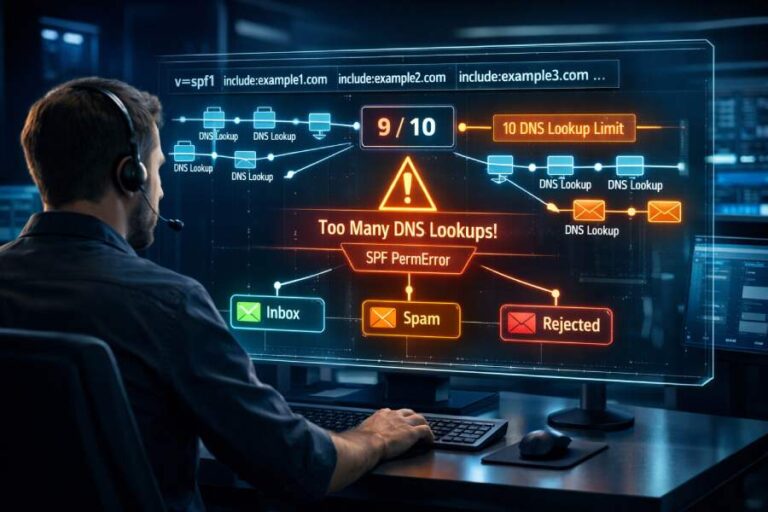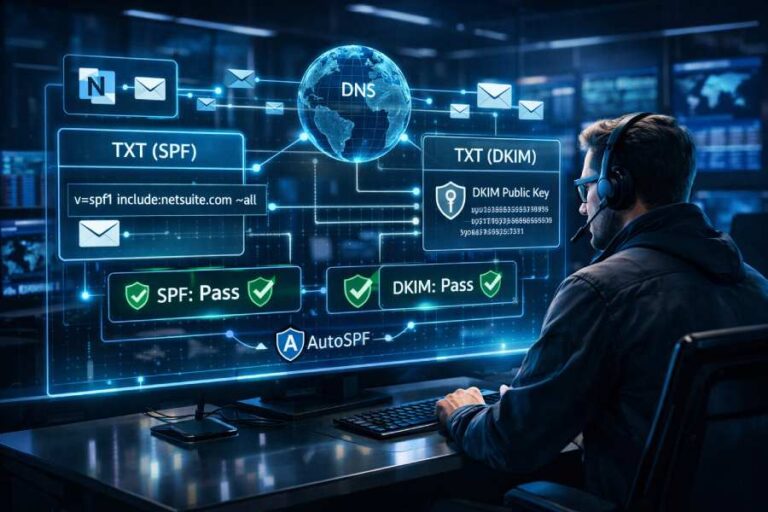SPF Validator Insights: Detect Errors Before They Impact Email Deliverability
To detect errors before they impact email deliverability, an SPF validator must execute a fully RFC-7208–compliant DNS and macro evaluation (including include, redirect, a/mx/ptr/exists, exp, and macros), enforce and explain the 10-lookup and void-lookup limits with loop detection, cache and rate-limit queries intelligently, produce role-aware, prioritized guidance, integrate with CI/CD and monitoring, simulate third-party flows,…








